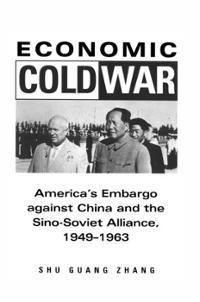
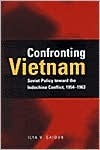
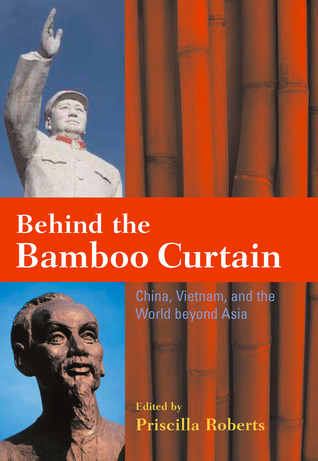
Books in series

Economic Cold War
America's Embargo Against China and the Sino-Soviet Alliance, 1949-1963
2002

Confronting Vietnam
Soviet Policy toward the Indochina Conflict, 1954-1963
2003

Behind the Bamboo Curtain
China, Vietnam, and the World beyond Asia
2006
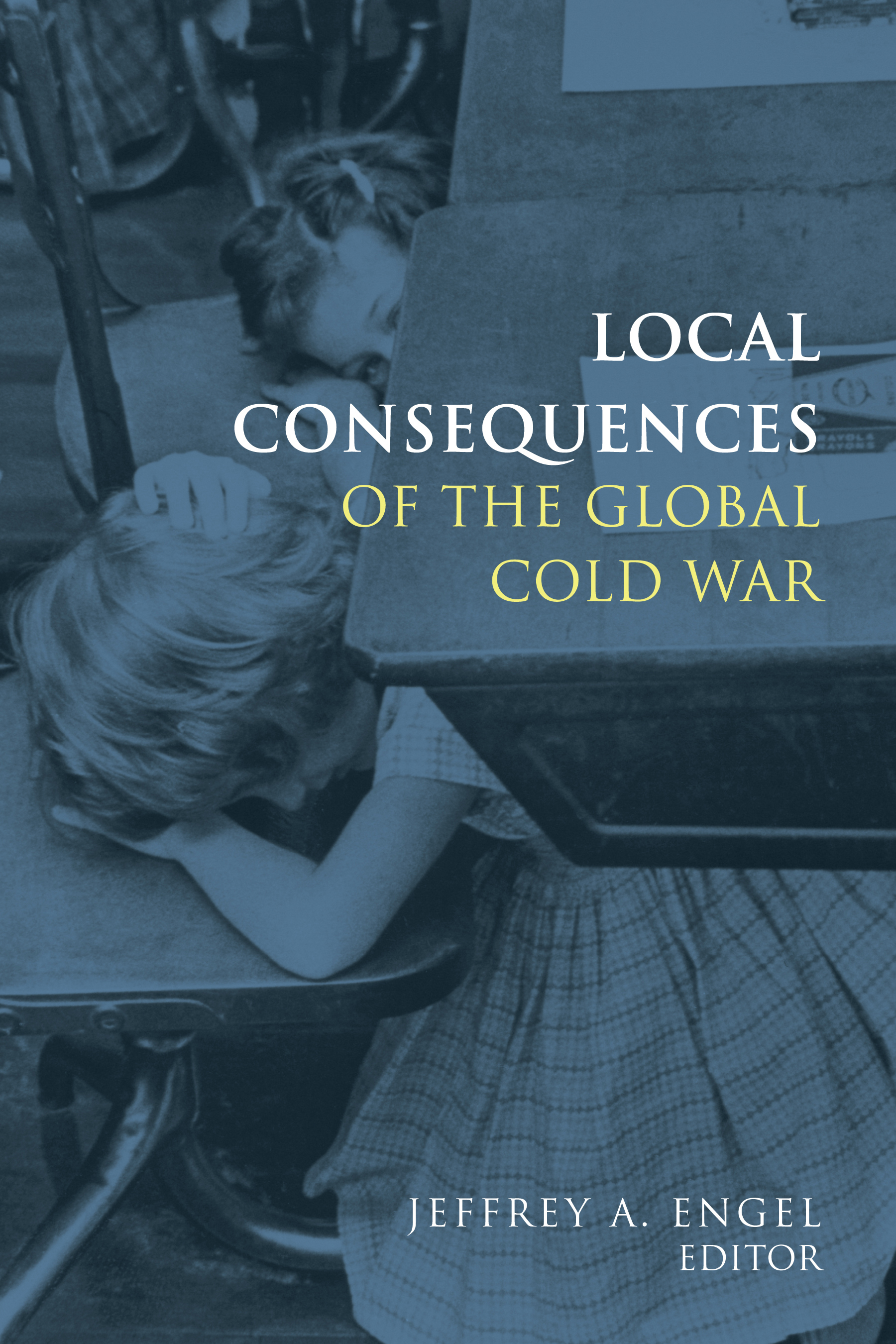
Local Consequences of the Global Cold War
2008
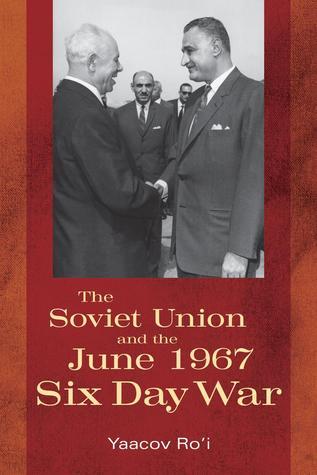
The Soviet Union and the June 1967 Six Day War
2007
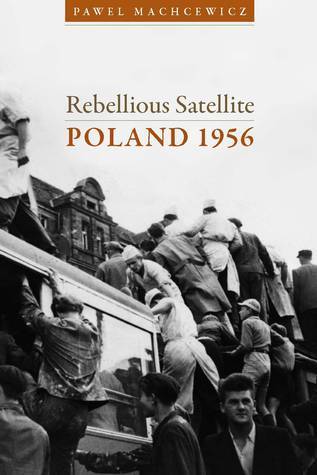
Rebellious Satellite
Poland 1956
2009
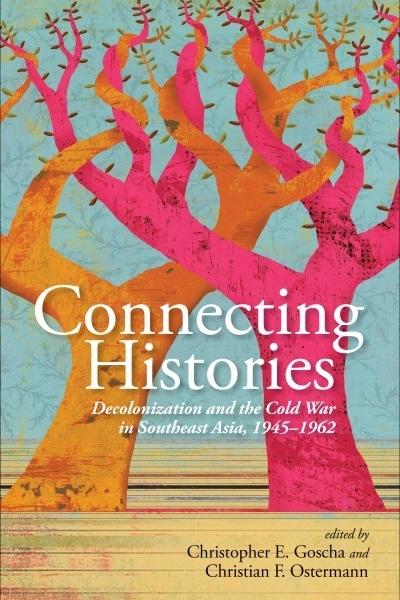
Connecting Histories
Decolonization and the Cold War in Southeast Asia, 1945-1962
2009
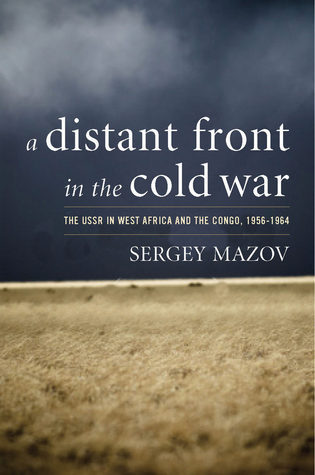
A Distant Front in the Cold War
The USSR in West Africa and the Congo, 1956-1964
2010
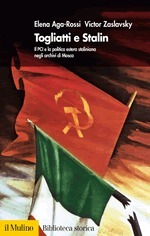
Togliatti e Stalin
Il PCI e la politica estera staliniana negli archivi di Mosca
1997
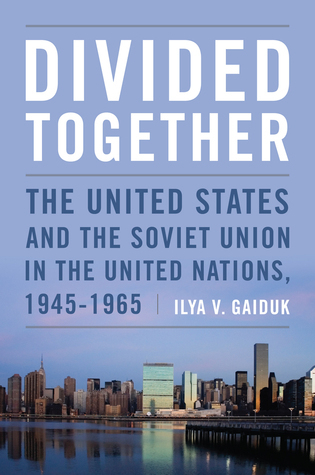
Divided Together
The United States and the Soviet Union in the United Nations, 1945-1965
2012
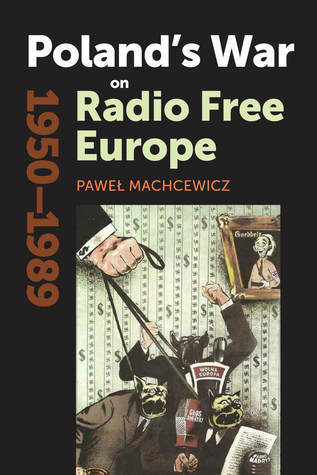
Poland's War on Radio Free Europe, 1950-1989
2014
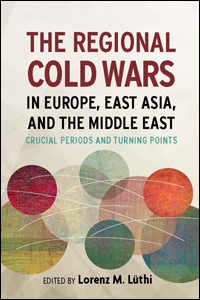
The Regional Cold Wars in Europe, East Asia, and the Middle East
Crucial Periods and Turning Points
2015
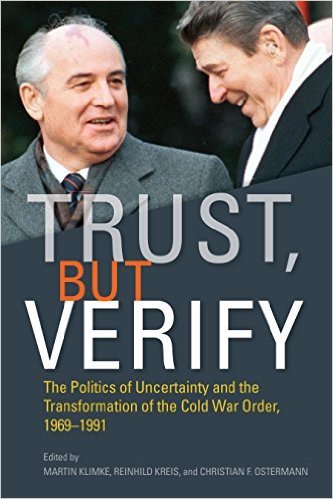
Trust, but Verify
The Politics of Uncertainty and the Transformation of the Cold War Order, 1969-1991
2016

The Whole World Was Watching
Sport in the Cold War
2019
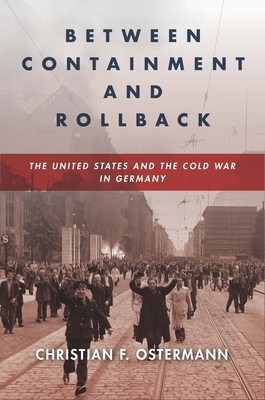
Between Containment and Rollback
The United States and the Cold War in Germany
2021
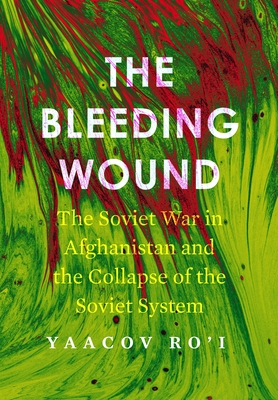
The Bleeding Wound
The Soviet War in Afghanistan and the Collapse of the Soviet System
2022
Authors

Elena Aga Rossi (Cortina d'Ampezzo, 1940) è una storica italiana. Ha insegnato in diverse università, nonché alla Scuola Superiore della Pubblica Amministrazione. Ha pubblicato numerosi volumi tra cui: L'Italia fra le grandi potenze. Dalla seconda guerra mondiale alla guerra fredda (2019), l’antologia Gli Stati Uniti e le origini della guerra fredda (1984), Una nazione allo sbando (1993, III ed. 2006), Una guerra a parte. I militari italiani nei Balcani 1940-1945 (con Maria Teresa Giusti, 2011), Cefalonia. La resistenza, l’eccidio, il mito (2017). È vedova dello storico russo Viktor Zaslavskij, con il quale nel 1997 ha pubblicato il saggio Togliatti e Stalin.